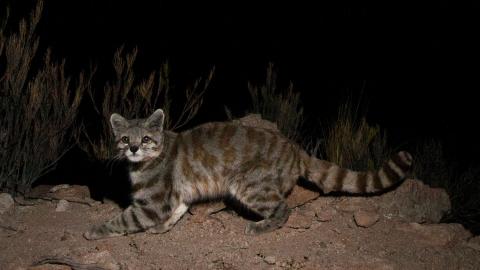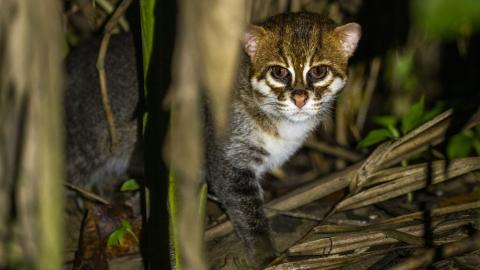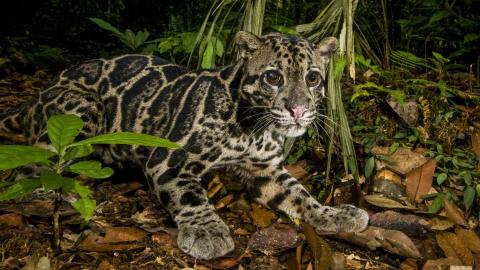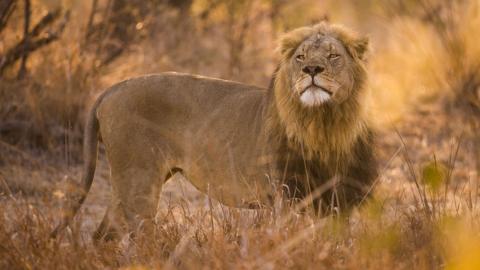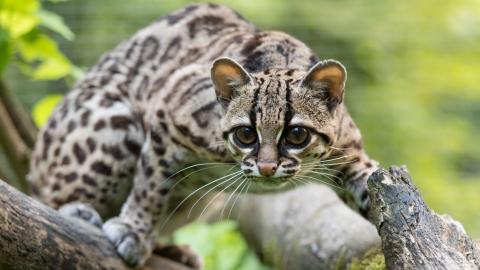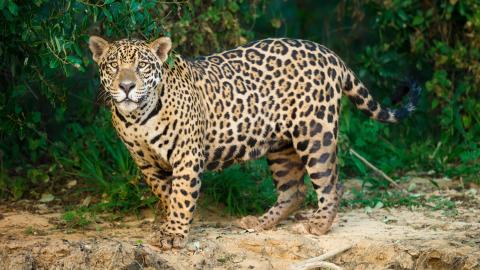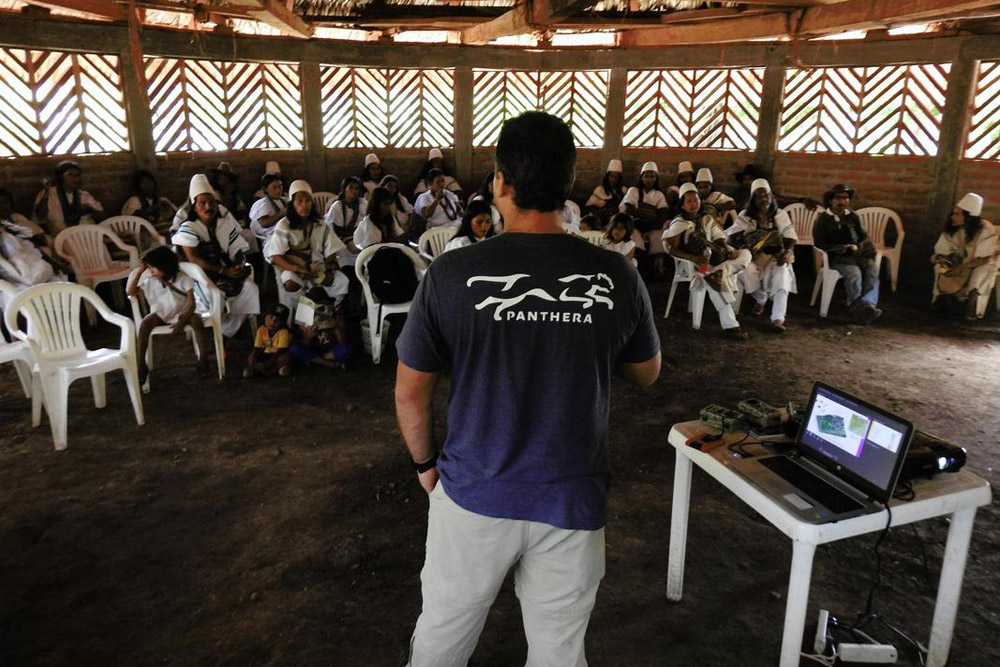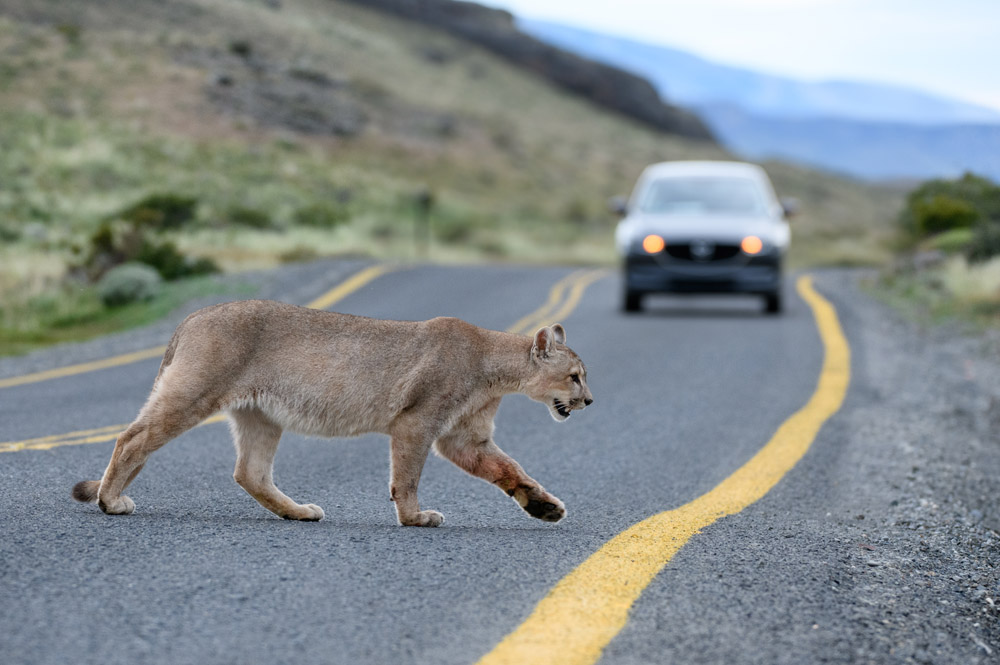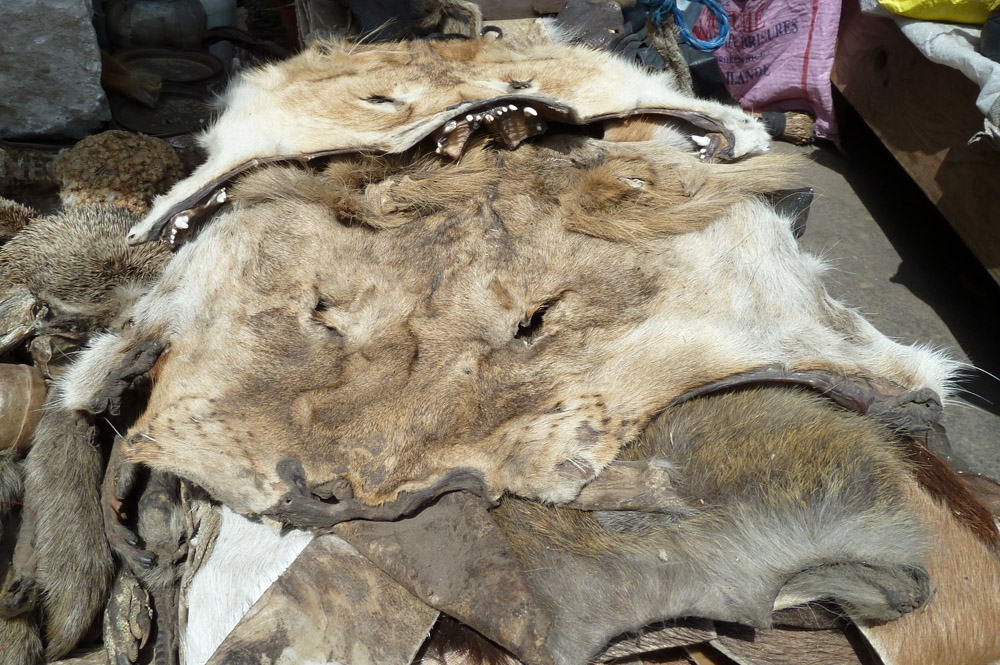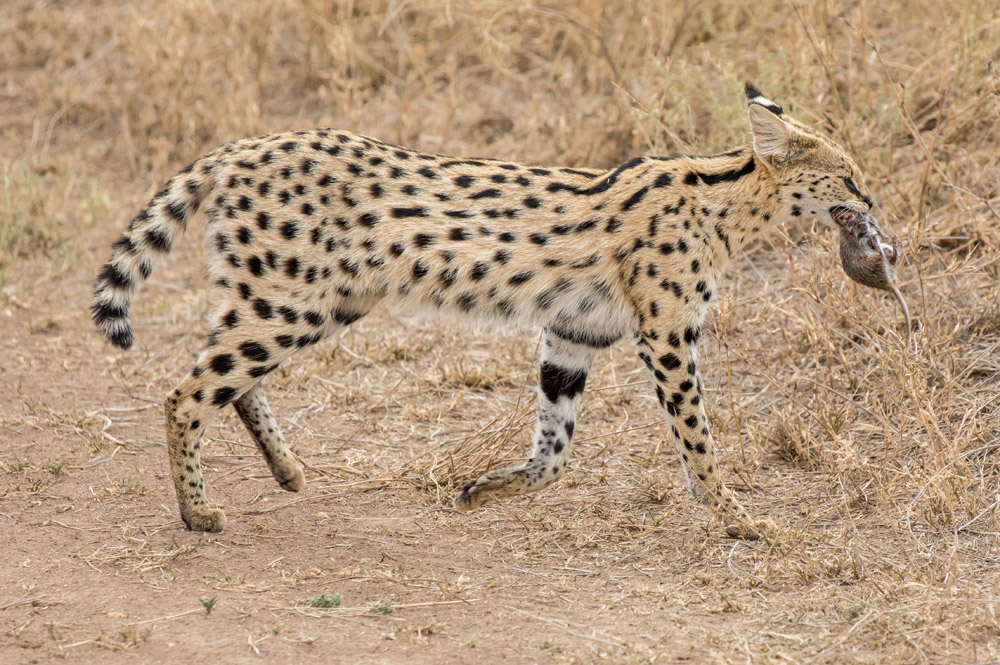Donate to Panthera
© John Goodrich/Panthera
Be a Guardian for Wild Cats — and for Our Planet
Across the globe, wild cats are the quiet guardians of their ecosystems. When tigers roam the forests of Asia or jaguars patrol the jungles of Latin America, their presence signals a thriving, balanced environment — one that captures more carbon, nurtures biodiversity, and sustains life far beyond their territories. But these magnificent species are under threat as their habitats shrink and their numbers decline.
This holiday season, you can be their guardian. Your gift will fund science-driven conservation efforts that protect wild cats and restore the landscapes they call home — from monitoring tigers in Thailand to building safe wildlife crossings for jaguars in Costa Rica. And right now, your generosity goes twice as far thanks to a $500,000 match from the Ayers Wild Cat Conservation Trust. Together, we can protect wild cats — and the planet they help protect.
All donations to Panthera will be matched dollar-for-dollar by The Ayers Wild Cat Conservation Trust through December 31, 2025, up to $500,000. All gifts are tax-deductible.
Panthera is a 501(c)(3) non-profit organization (EIN 20-4668756).





